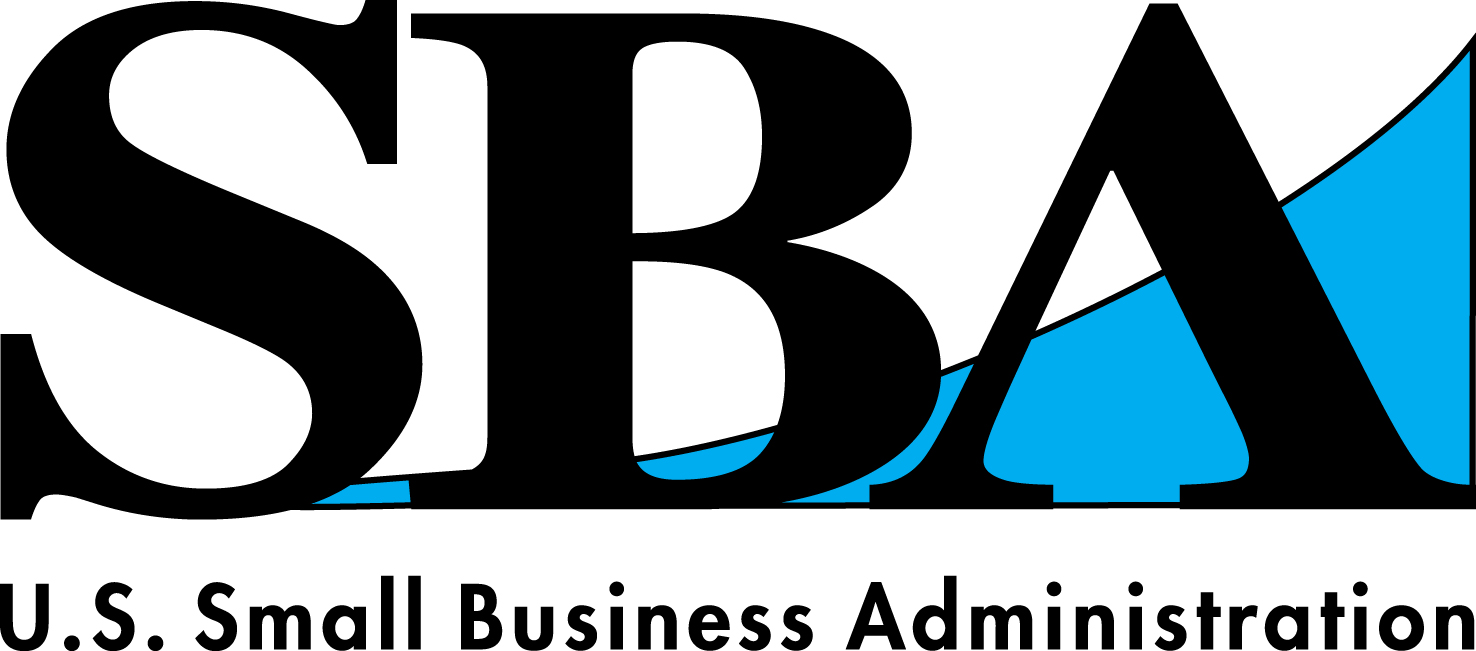 Last month, the SBA Office of Hearing and Appeals (“OHA”) issued a decision which has clarified that, as in the past, for procurements conducted under simplified acquisition procedures, offerors who wish to qualify as a small business under the non-manufacturer rule do not have to supply the end item of a small business. This holding arose from a change in SBA regulations which—intentionally or not—created an ambiguity with regard to the ability of an offeror to offer the end item of a large business under the above circumstances.
Last month, the SBA Office of Hearing and Appeals (“OHA”) issued a decision which has clarified that, as in the past, for procurements conducted under simplified acquisition procedures, offerors who wish to qualify as a small business under the non-manufacturer rule do not have to supply the end item of a small business. This holding arose from a change in SBA regulations which—intentionally or not—created an ambiguity with regard to the ability of an offeror to offer the end item of a large business under the above circumstances.
Prior to a seemingly unrelated change in the non-manufacturer rule in 2014, to qualify as a small business under the non-manufacturing rule for procurements conducted under simplified acquisition procedures, SBA regulations provided that “the offeror need not supply the end product of a small business concern as long as the product acquired is manufactured in the United States, and the offeror does not exceed 500 employees. 13 C.F.R. section 121.406(d) (2013). Simplified acquisition procedures may be used for commercial items exceeding the simplified acquisition threshold, but not exceeding $7 million (or $13 million in certain limited cases). In 2014, however, the non-manufacturer rule was amended for the purpose of requiring that the non-manufacturer take ownership or possession of the end item. However, the way that the SBA accomplished this amendment was by adding language to section 121.406(d) stating that “the small business offeror must meet the requirements of paragraph (b)(1)(i) through(b)(1)(iv) of this section.”
Paragraph (b)(1) sets out the criteria for qualifying for the general non-manufacture rule. Paragraph (b)(1)(iii) states the new requirement that the non-manufacturer “takes ownership or possession of the item(s) with its personnel, equipment or facilities in a manner consistent with industry practice.” So far, so good. However, the reference to paragraph (b)(1)(iv) was problematic because it re-states the requirement that the non-manufacturer “supply the end item of a small business manufacturer, processor or producer made in the United States, or obtain[] a waiver of such requirement….” By including this reference to paragraph (b)(1)(iv) , the regulation seemed to undermine the very purpose of the regulatory exception for procurements conducted simplified acquisition procedures.
The issue arose in an appeal by Jamaica Bearings Company (“JBC”) of a size determination of Electrical & Electronic Suppliers, Inc. (“E&E”), in which the SBA determined that E&E was a small business for a Defense Logistics Agency procurement of bearing, roller, and tape. The procurement was set aside for small business and conducted under simplified acquisition procedures. E&E was selected for award, and JBC protested E&E’s eligibility as a small business. The SBA’s finding that E&E is an eligible small business under the nonmanufacturer rule was based upon, among other things, the fact that the end item would be manufactured by Timken Bearings, a large business based in Venezuela, but that as an acquisition let under simplified acquisition procedures, E&E did not need to supply the end item of a large business.
On appeal to OHA, JBC did not challenge this finding. Yet OHA, in its review of the size determination of E&E, nonetheless, opined on the regulatory ambiguity discussed above. It found that, in the commentary accompanying the proposed and final rules regarding the changes to the non-manufacturer rule that took place in 2014, there was no indication that SBA intended to change the non-manufacturer rule for simplified acquisitions. OHA concluded, therefore, that the reference to the general requirement to supply the end item of a large business in in section 121.406(d) was an “administrative error” and, in fact, does not require an offeror to supply the end item of a small business for procurements under simplified acquisition procedures.
Thus, any concerns that small businesses may have had on this point should be allayed: businesses that had previously provided the end item of a large business as a non-manufacturer for procurements under the simplified acquisition threshold, may still do so.
About the Author: Patrick Rothwell is an associate with PilieroMazza in the Government Contracts Group. He may be reached at prothwell@pilieromazza.com.



